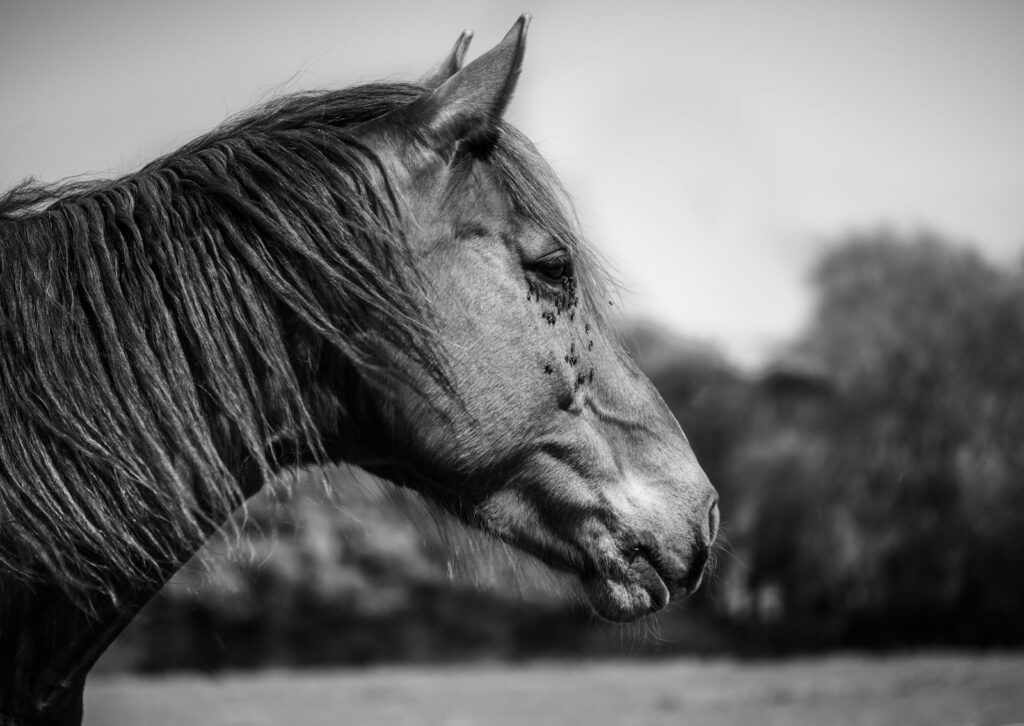Horses are majestic creatures that bring joy and companionship to their owners, but these beautiful animals can quickly become miserable when flies and other pests invade their space. Beyond the annoyance factor, flies and pests can cause serious health issues for horses, including skin irritation, eye infections, and disease transmission. Effective pest management is not just about comfort—it’s an essential aspect of responsible horse care and welfare. In this comprehensive guide, we’ll explore proven methods to keep your equine friend comfortable and pest-free throughout the year, combining traditional wisdom with modern solutions that respect both your horse’s well-being and the environment.
Understanding Why Flies Target Horses
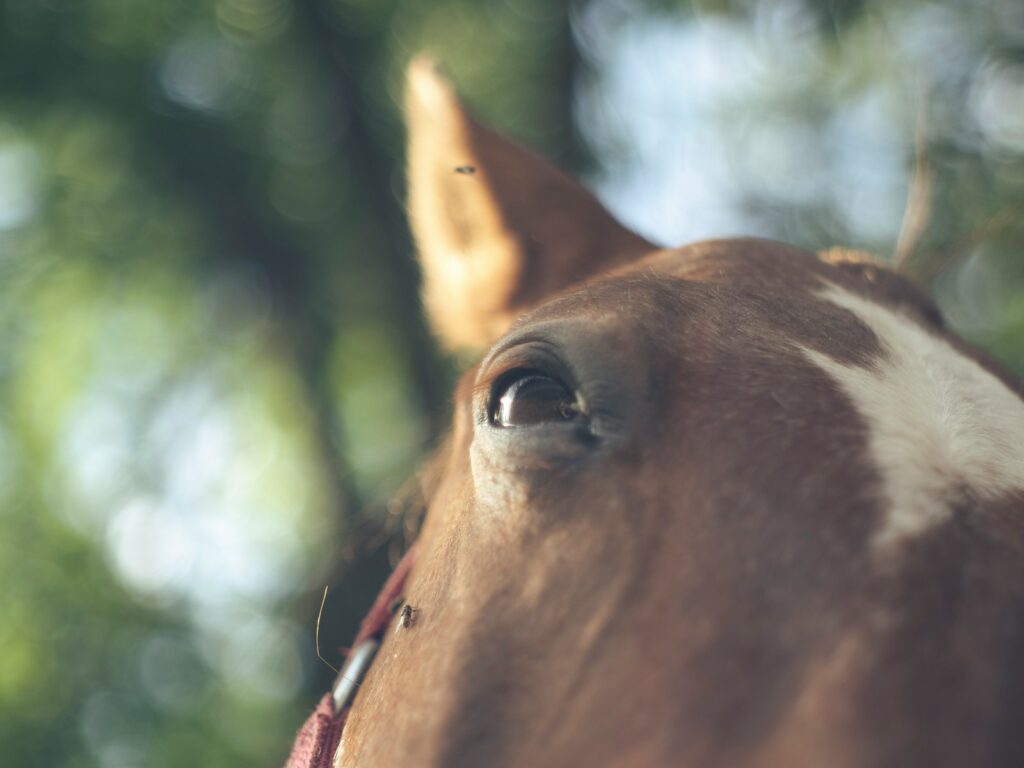
Horses are particularly attractive to various flying insects due to several biological factors that make them prime targets. The warmth of a horse’s body, the carbon dioxide they exhale, their sweat, and even the manure they produce all act as powerful attractants to different species of flies. Face flies are drawn to the moisture around a horse’s eyes and nostrils, while stable flies seek out blood meals from the legs and belly. House flies are generally attracted to any organic matter, including small wounds or damp areas on the horse’s body. Understanding these attraction mechanisms helps horse owners develop targeted strategies that address the specific types of flies plaguing their animals rather than using a one-size-fits-all approach that might prove ineffective.
The Health Risks Associated with Fly Infestations
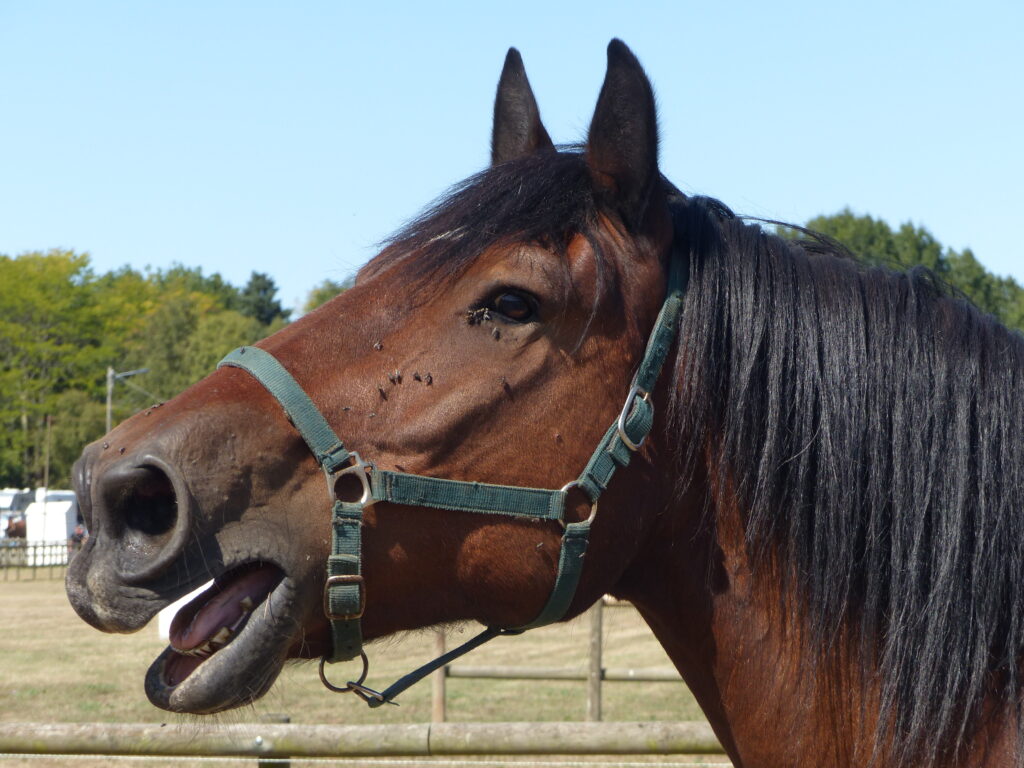
Fly infestations pose significant health threats to horses that extend far beyond mere annoyance. Persistent fly attacks can lead to stress-related behaviors like constant stamping, head-shaking, and tail-swishing, which waste energy and can result in weight loss and decreased performance. More seriously, flies can transmit devastating diseases such as equine infectious anemia, vesicular stomatitis, and even parasites like habronemiasis (summer sores). Some species, like the stable fly, have painful bites that can cause open wounds, potentially leading to secondary infections or even the deadly condition known as screwworm in some regions. Eye-seeking flies may cause conjunctivitis or spread bacteria that lead to more serious eye conditions, while the constant irritation from flies can compromise a horse’s immune system over time, making them more susceptible to other illnesses.
Creating an Effective Fly Management Plan
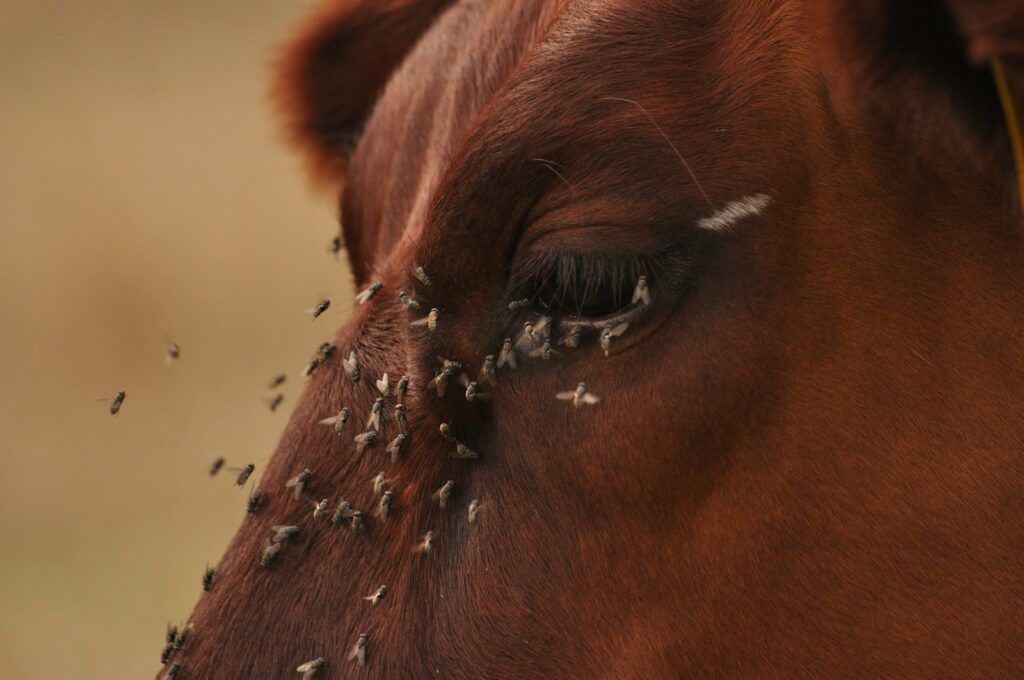
A comprehensive fly management plan requires a multi-faceted approach that addresses the entire lifecycle of flies rather than simply treating the adult population. Start by conducting a thorough assessment of your property to identify key breeding areas and the specific types of flies troubling your horses. Set realistic goals that acknowledge fly control is about reduction rather than complete elimination, especially during peak seasons. Document your strategies and maintain records of what works and what doesn’t throughout different seasons and weather conditions. The most successful management plans combine environmental modifications, regular cleaning protocols, physical barriers, chemical controls when necessary, and biological controls that work together synergistically. Remember that consistency is crucial—sporadic implementation of even the best strategies will yield disappointing results in the ongoing battle against these persistent pests.
Manure Management: The Foundation of Fly Control
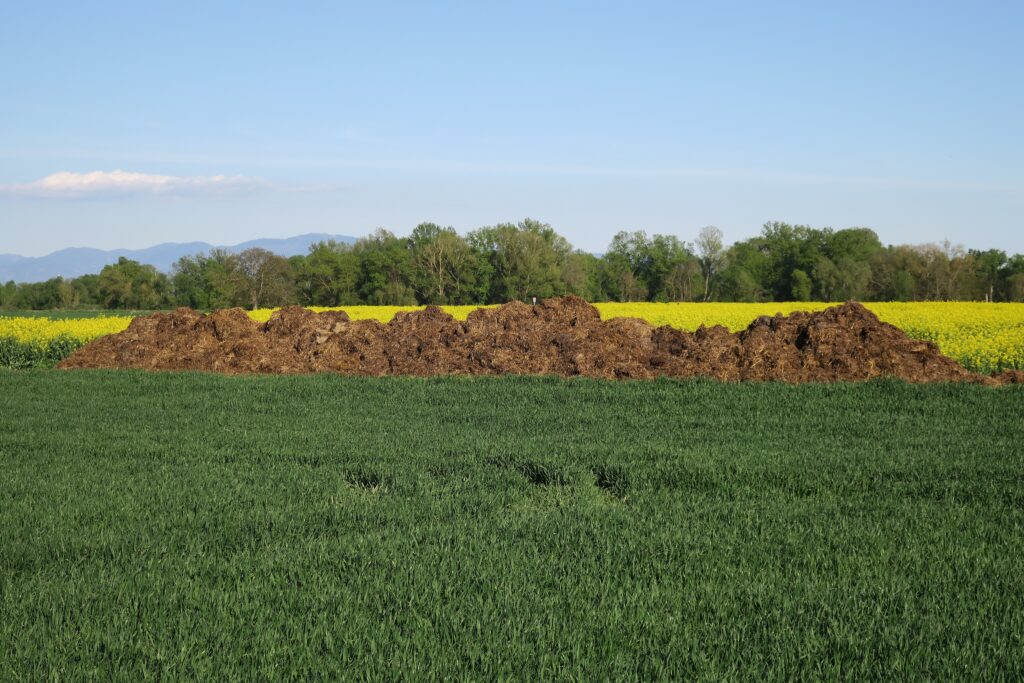
Proper manure management forms the cornerstone of any effective fly control program as it directly targets fly breeding grounds. Flies can complete their life cycle from egg to adult in as little as 10-14 days in warm weather, with a single pile of manure potentially harboring thousands of developing larvae. Establish a routine of removing manure from stalls, paddocks, and high-traffic areas at least once daily, storing it properly in covered containers or compost systems located well away from where horses are kept. Consider implementing composting techniques that utilize the natural heat generated during decomposition to kill fly eggs and larvae, typically requiring internal compost temperatures of 130-150°F. Some horse owners find success with spreading or dragging pastures in hot, dry weather, which exposes manure to sunlight and desiccation, naturally killing fly larvae before they can mature.
Stable Design and Management for Minimal Fly Populations
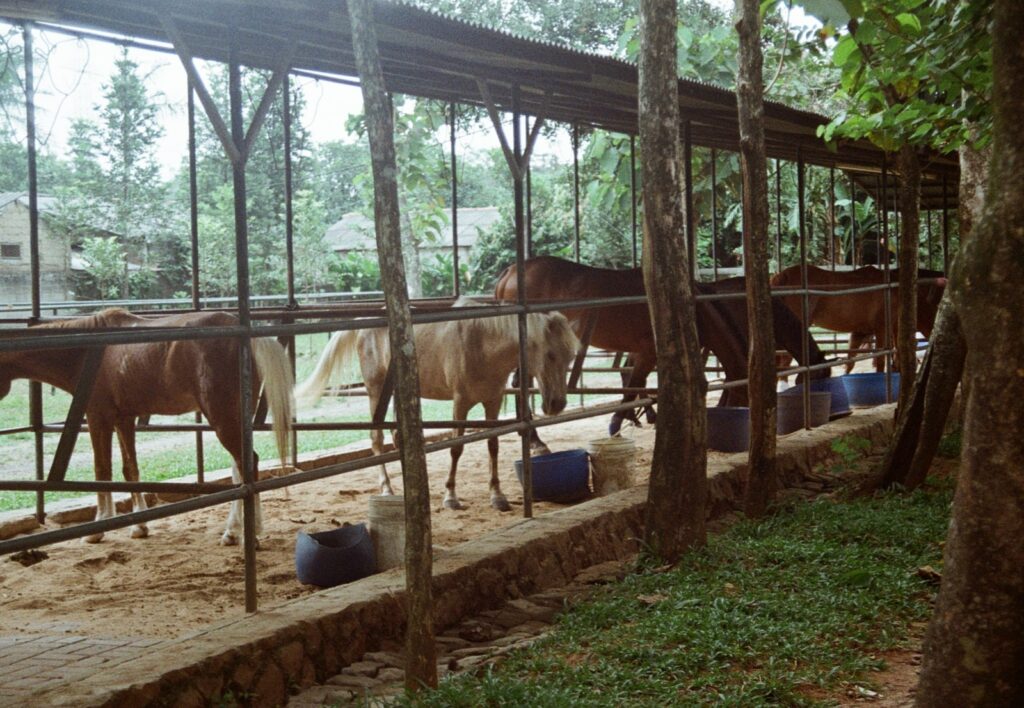
Thoughtful stable design and management practices can significantly reduce fly populations in and around equine facilities. Ensure proper drainage throughout the barn and surrounding areas, as standing water and damp bedding are prime breeding grounds for flies and other pests. Install high-powered fans in strategic locations to create air movement that discourages flying insects, which are generally weak fliers that struggle against even moderate breezes. Consider screening windows and doors with fine mesh to create physical barriers against insects while still maintaining proper ventilation. Replace traditional mercury vapor lights with sodium vapor lamps for nighttime illumination, as these attract fewer insects while still providing adequate lighting. Maintaining a regular schedule of deep cleaning for feed containers, water troughs, and other equipment prevents the accumulation of organic matter that attracts flies and provides breeding material.
Fly Protective Gear for Horses
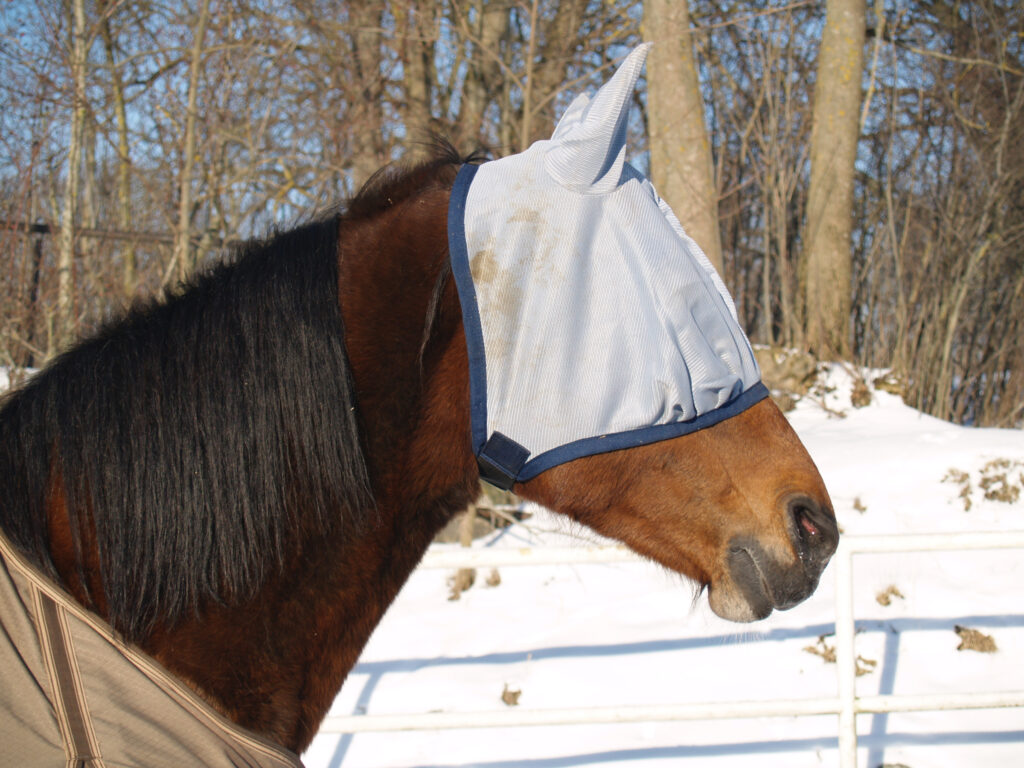
Equipping your horse with protective gear creates a physical barrier between sensitive skin and persistent insects. Fly masks with ear protection shield the face, eyes, and ears from biting insects, with options ranging from standard models to those with extended nose coverage for horses particularly bothered by face flies. Fly sheets and fly leg wraps provide body and limb protection, with modern versions featuring lightweight, breathable materials with UV protection that won’t cause overheating even in summer conditions. For horses with sensitive skin or those in heavily infested areas, consider combining a fly sheet with a neck cover for comprehensive protection. When selecting protective gear, prioritize proper fit—too loose and flies can get underneath, too tight and rubbing or skin irritation may occur, potentially creating additional problems. Establish a routine of daily removal and inspection to check for any signs of rubbing, accumulated moisture, or skin issues that might develop underneath protective coverings.
Topical Fly Repellents: Types and Effective Application
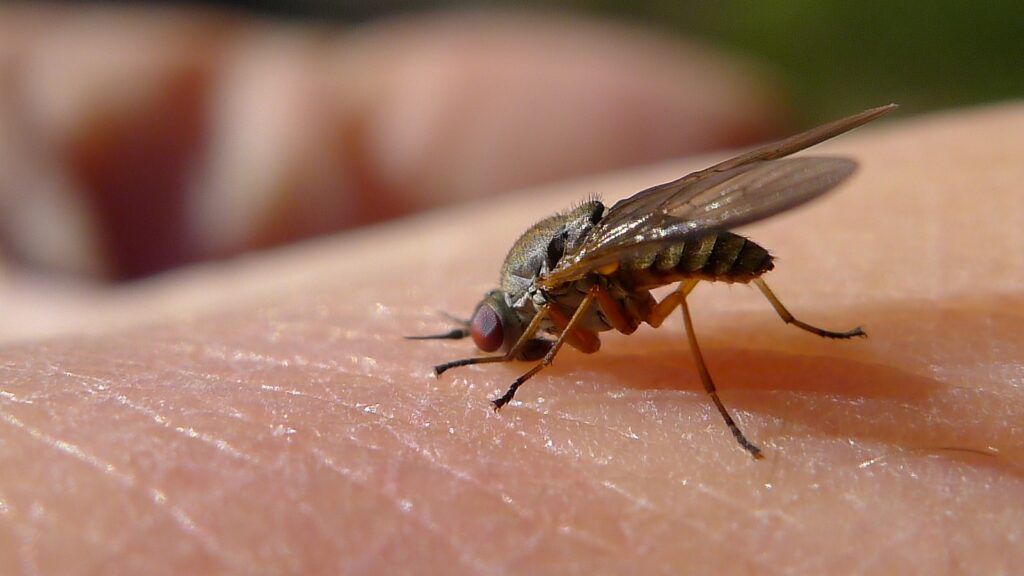
Topical fly repellents offer temporary but effective relief from flying pests when properly selected and applied. Natural repellents containing essential oils like citronella, eucalyptus, or tea tree oil provide shorter protection periods but are gentler on sensitive horses and the environment. Synthetic chemical repellents containing permethrin, cypermethrin, or pyrethrins typically offer longer-lasting protection but should be used with appropriate safety precautions. Regardless of the type chosen, proper application is crucial—focus on target areas like the face, ears, legs, and belly while avoiding eyes, nostrils, mouth, and any areas with cuts or abrasions. For maximum effectiveness, apply repellents during the cooler morning hours before flies become active, and reapply according to the product’s directions, especially after rain or heavy sweating which can diminish effectiveness.
Feed-Through Fly Control Options
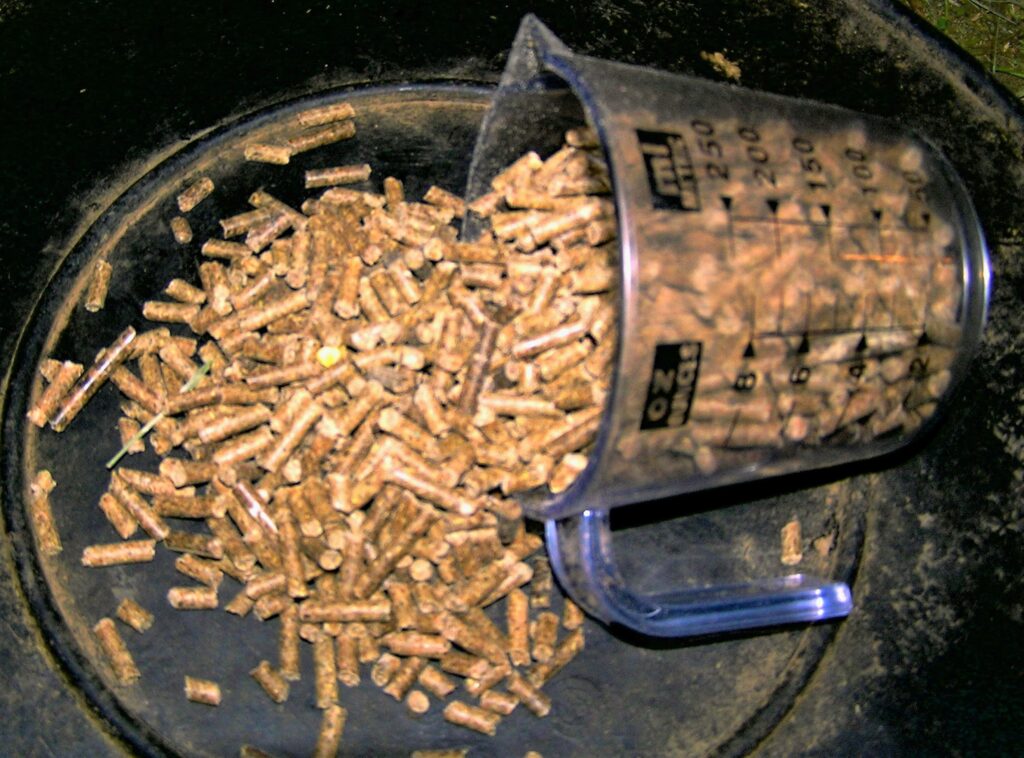
Feed-through fly control products work internally, passing through the horse’s digestive system and into the manure where they prevent fly larvae from developing. These products typically contain insect growth regulators like cyromazine or diflubenzuron that specifically target the development of fly larvae without harming beneficial insects or the horse itself. The primary advantage of this approach is that it continuously treats all manure produced by the horse, reaching areas that might be missed during regular cleaning. However, for maximum effectiveness, all horses on the property must receive the supplement, and results typically take several weeks to become noticeable as the fly life cycle is gradually interrupted. Feed-through products should be considered one component of a comprehensive fly management program rather than a standalone solution, particularly in areas with high fly pressure or where neighboring properties may contribute to the fly population.
Biological Controls: Nature’s Fly Fighters
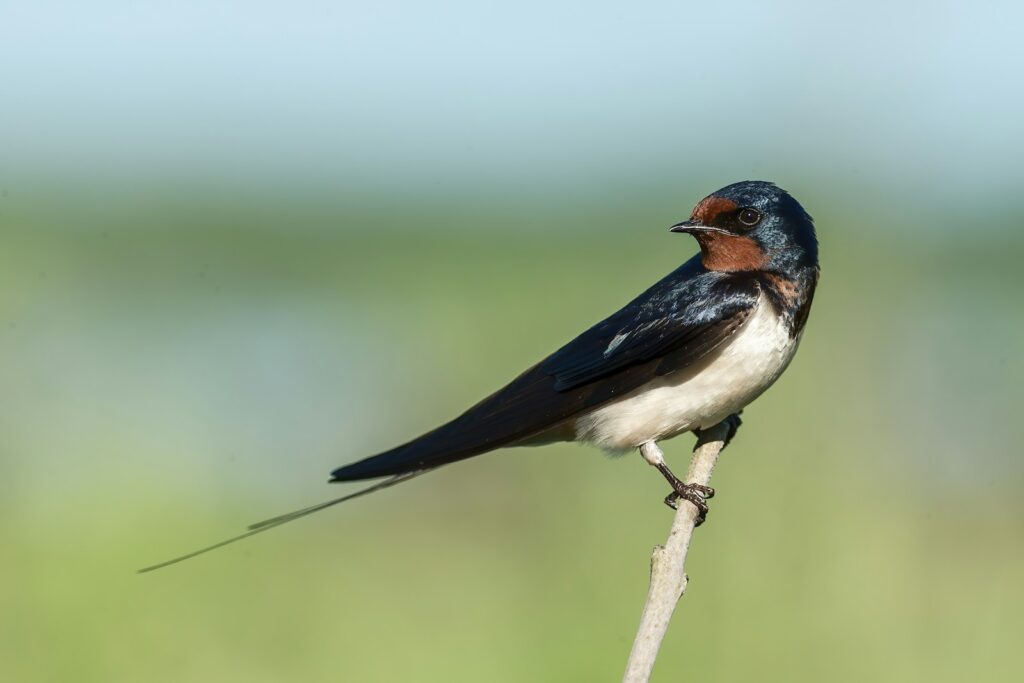
Biological controls harness natural predators and parasites to reduce fly populations without chemical interventions. Fly predator wasps (technically parasitic wasps) target fly pupae specifically, laying their eggs inside the developing flies and preventing them from reaching adulthood without affecting horses, humans, or other animals. These beneficial insects require regular releases throughout fly season for continuous protection, typically every 3-4 weeks in warmer months. Birds like purple martins and swallows are voracious insect consumers, and installing appropriate birdhouses can encourage these natural fly predators to establish residence on your property. Some horse owners also report success with strategic placement of bat houses, as a single bat can consume thousands of insects nightly, though this approach requires careful placement away from human and horse traffic areas. Nematodes, microscopic worms that prey on fly larvae in the soil, can be applied to manure storage areas and around water sources as another layer of biological control.
Environmental Modifications to Reduce Fly Breeding
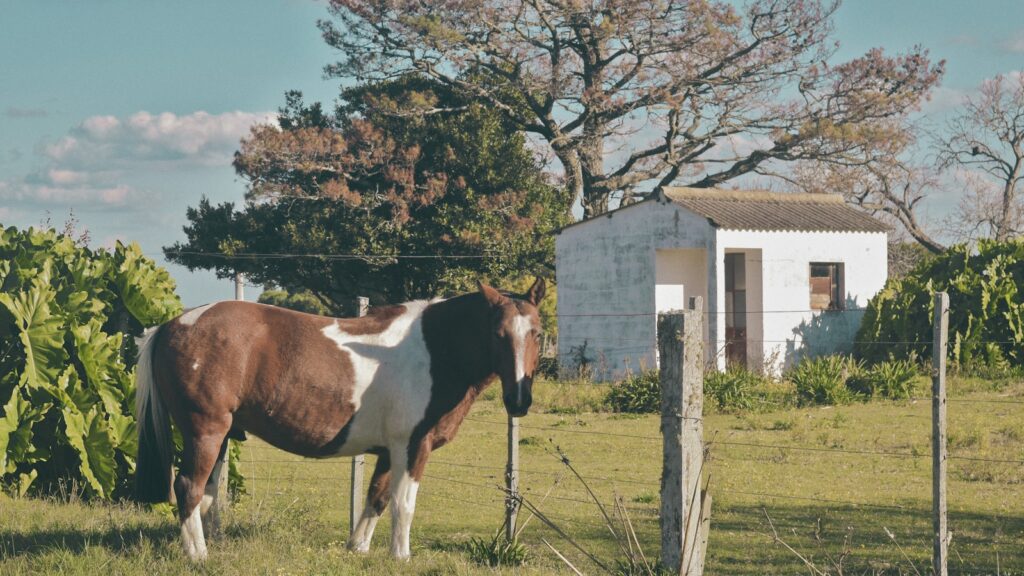
Strategic environmental modifications can dramatically reduce the attractiveness of your property to flies looking for breeding grounds. Improve drainage in paddocks, riding areas, and around water troughs to eliminate the damp conditions that flies require for reproduction, potentially including installation of French drains or regrading problem areas. Consider switching to automatic waterers or smaller troughs that can be completely emptied and cleaned several times weekly, preventing the buildup of algae and organic matter that attracts flies. Plant fly-repellent vegetation like lavender, mint, basil, or marigolds around barn entrances and paddock gates to create natural barriers, though be careful to ensure none are toxic to horses if ingested. Strategically position compost piles and manure storage as far from the barn as practically possible, ideally in areas that receive full sun exposure which accelerates drying and reduces viability of fly eggs and larvae.
Fly Traps and Baits: Placement for Maximum Effectiveness
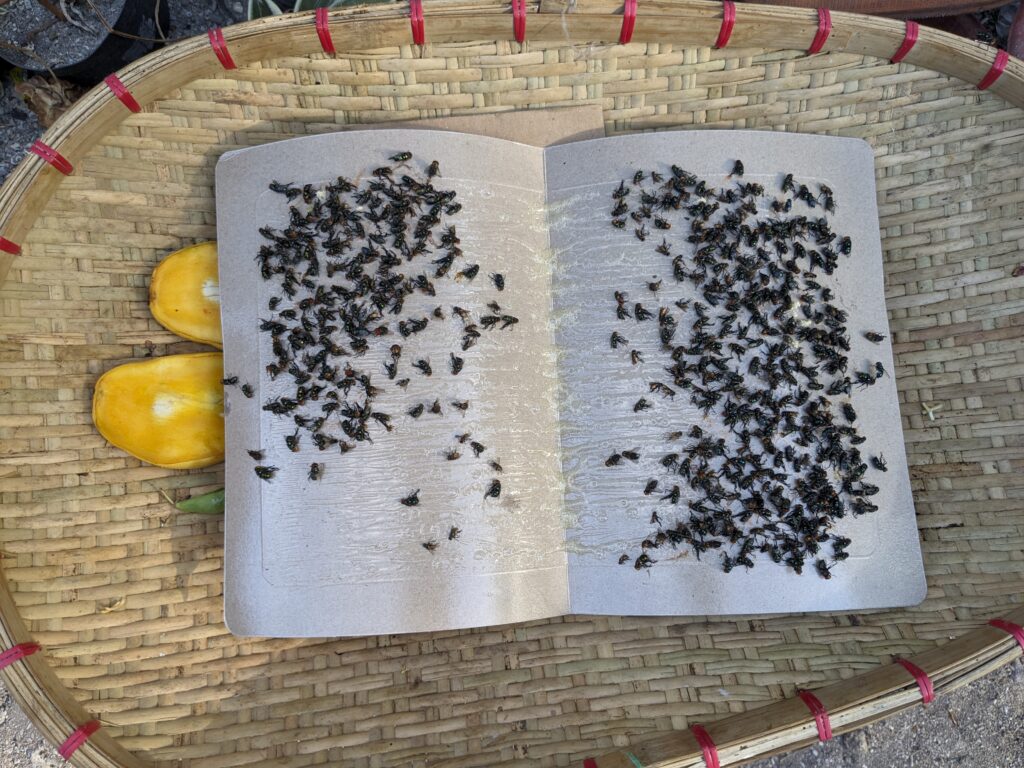
Strategic placement of fly traps and baits can significantly reduce adult fly populations when positioned correctly as part of a broader management plan. Sticky traps work best when placed in sunny locations away from drafts, typically hung at eye level in areas where flies congregate but horses cannot reach them. Bait traps containing commercial attractants should be positioned at the perimeter of your property, creating a barrier zone that intercepts flies before they reach horse areas, ideally 100-200 feet from barns and paddocks. For maximum effectiveness, use different trap types simultaneously to target various fly species—disposable bag traps for house flies, sticky traps for stable flies, and specialized face fly traps in pasture areas. Remember that traps will quickly become full during heavy fly seasons, requiring regular monitoring and replacement to maintain their effectiveness and prevent the unpleasant scenario of overflowing traps actually attracting more flies than they capture.
Seasonal Strategies for Year-Round Protection
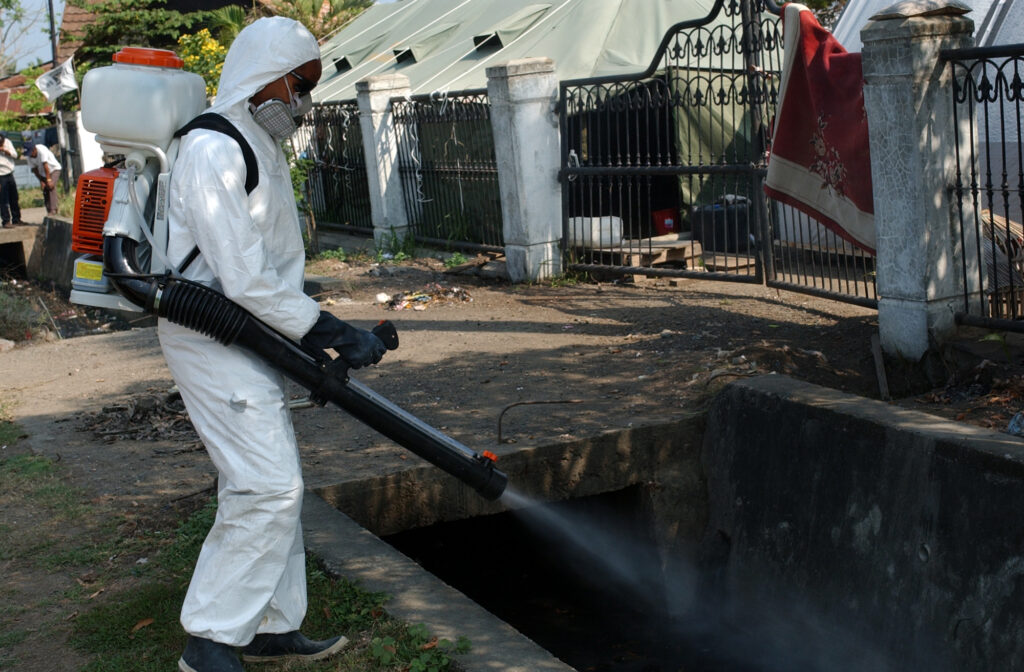
Adapting your fly control methods to seasonal changes ensures effective protection throughout the year while optimizing resource allocation. In early spring before flies become active, focus on preventative measures like thorough cleaning of winter manure accumulation, repairing damaged screens, and planning your biological control release schedule. During peak summer months, implement your most aggressive combination of strategies including regular predator releases, daily manure removal, and consistent use of physical barriers and repellents. As temperatures cool in fall, conduct end-of-season deep cleaning of stalls and equipment, remove any remaining fly breeding materials, and assess your program’s effectiveness to plan improvements for the following year. Even during winter months in milder climates, maintain basic fly control practices as flies can remain active in heated barns or during unexpected warm spells, allowing populations to establish earlier than anticipated in the coming spring.
Special Considerations for Sensitive or Allergic Horses
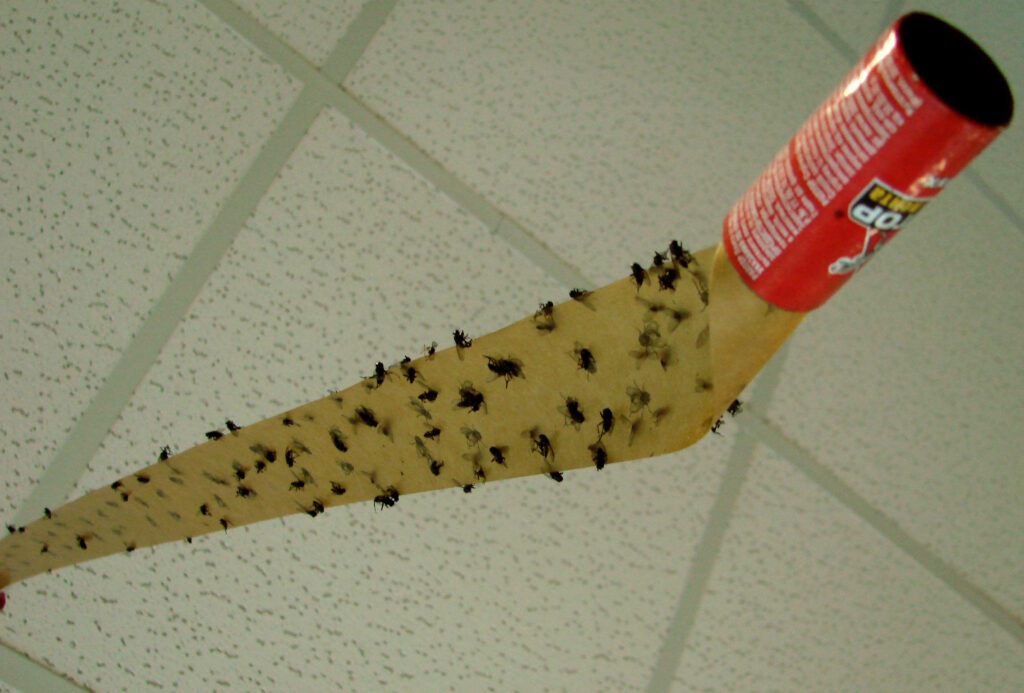
Horses with sensitivities or allergies to insect bites require particularly vigilant protection and customized approaches. Sweet itch (insect bite hypersensitivity), primarily caused by Culicoides midges, demands a comprehensive management plan that might include specialized lightweight sweet itch rugs with belly coverage and neck protection, even during warmer months. For horses with skin sensitivities to topical products, consider conducting patch tests on small areas before applying new repellents more broadly, and explore hypoallergenic or specifically formulated products designed for sensitive skin. Stabling particularly reactive horses during peak insect activity periods (typically dawn and dusk for many biting insects) can provide relief, though adequate ventilation and exercise are essential to prevent other health issues. Work closely with your veterinarian to develop an integrated management plan that might include antihistamines, immune modulators, or other supportive therapies during severe outbreaks, while maintaining meticulous environmental controls to minimize exposure to triggering insects.
When to Call the Veterinarian

While routine fly management falls under standard horse care, certain situations warrant professional veterinary intervention. Seek immediate veterinary attention if your horse develops unexpected lumps or swellings that might indicate an allergic reaction or if you notice crusty, oozing lesions that could represent summer sores or other parasite-related conditions. Persistent head-shaking, excessive rubbing that leads to hair loss or skin damage, or signs of eye infections like squinting, tearing, or cloudiness require prompt professional evaluation. Veterinary involvement is also crucial if your horse shows systemic signs of illness like fever, lethargy, or loss of appetite in conjunction with severe fly activity, as these could indicate vector-borne diseases transmitted by biting insects. Your veterinarian can not only treat immediate issues but also help develop customized prevention strategies based on your specific situation, local insect populations, and your horse’s individual health needs.
Keeping flies and other pests away from your horse requires a multifaceted approach combining good management practices, environmental controls, protective gear, and strategic use of repellents and biological controls. By implementing these comprehensive strategies tailored to your specific situation and your horse’s needs, you can significantly reduce pest-related stress and health risks. Remember that consistency is key—even the best control methods will fall short if applied sporadically. With diligent attention to these best practices throughout the changing seasons, you’ll create a more comfortable environment for your equine companion, allowing both of you to enjoy your time together with fewer annoying interruptions from nature’s persistent pests.

